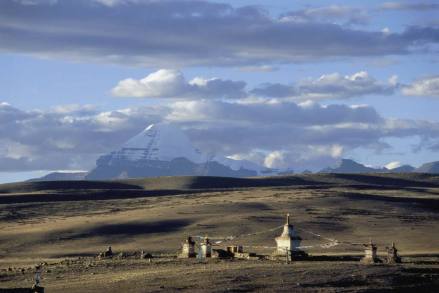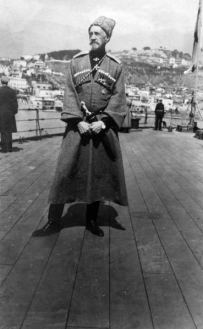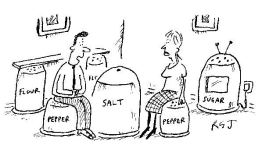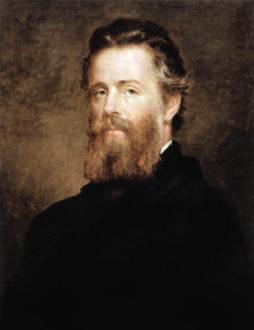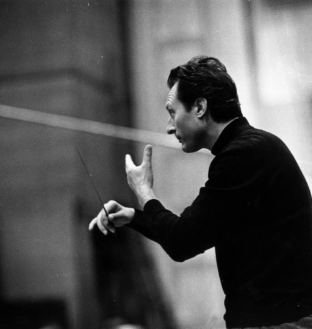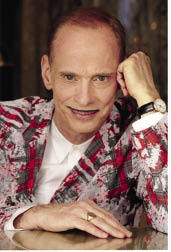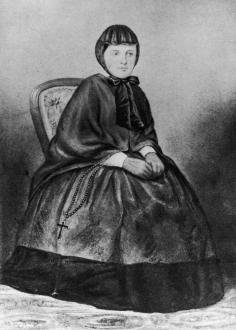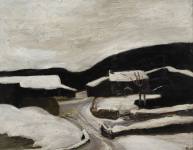To the holiest in the height
Colin Thubron’s new book will disappoint those of his readers who admire him for his reserve. He is the last and perhaps the best of the gentleman travellers of the old school, his books distinguished by scholarship, rigour and that extraordinary ability that he has made his own: the capacity to immerse himself in someone else’s culture and yet remain utterly detached. Those same readers may also be disappointed by the slimness of the present volume, which occupies days rather than months and encompasses a mere province rather than the usual continent. But they would be wrong to dismiss To a Mountain in Tibet as lightweight. Nothing Thubron writes cannot
